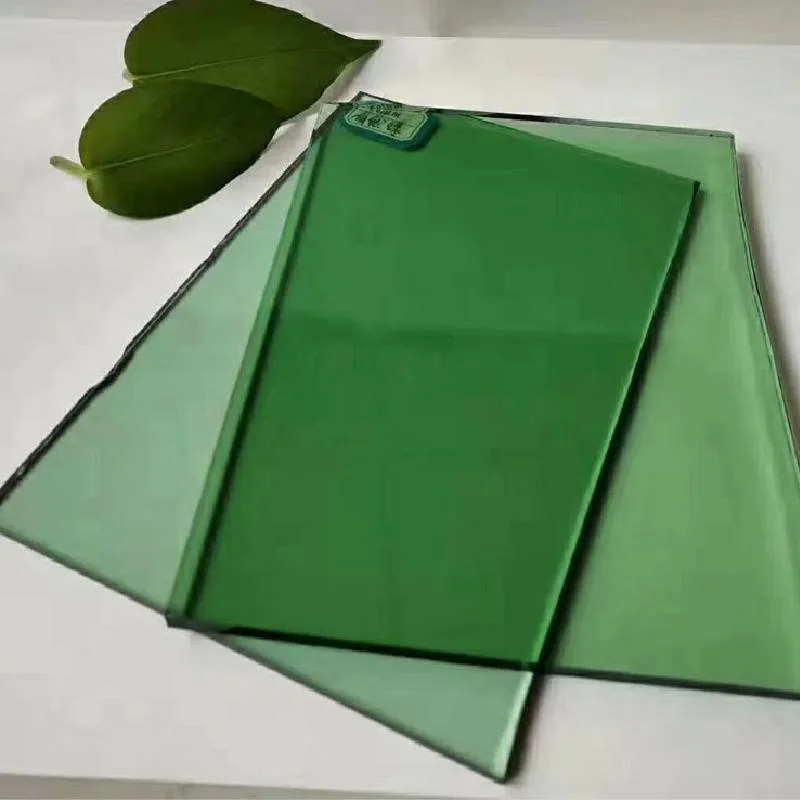Understanding Tempered Glass and Toughened Glass Key Features and Applications
Tempered glass and toughened glass are terms that are often used interchangeably in the construction and design industries. However, while both refer to glass that has undergone a specific heat treatment to enhance its strength, there are subtle distinctions worth exploring. This article aims to elucidate the properties, processes, and applications of these two types of glass, shedding light on their importance in modern architecture and design.
What is Tempered Glass?
Tempered glass, also referred to as heat-treated glass, is produced by heating standard glass to a temperature of approximately 620 degrees Celsius (about 1,148 degrees Fahrenheit) and then rapidly cooling it. This process, known as tempering, significantly increases the glass's strength, making it much more resistant to impacts and thermal stresses compared to regular glass. When broken, tempered glass shatters into small, blunt pieces that are less likely to cause injury, making it a safer option for use in environments where safety is a paramount concern.
The Process of Toughening Glass
Toughened glass is essentially another term for tempered glass, but it can sometimes refer to glass that has been treated in a similar manner with slightly varying processes or applications. In some contexts, toughened glass can imply additional treatments or surface enhancements aimed at improving scratch resistance or further increasing strength. Regardless of the terminology, both processes involve significant heat treatment that alters the internal structure of the glass.
tempered glass and toughened glass
Applications of Tempered and Toughened Glass
Both tempered and toughened glass have a wide array of applications across various industries. In architecture, this type of glass is commonly used in windows, doors, partitions, and facades due to its strength and safety features. Its ability to withstand high pressures and temperature fluctuations makes it particularly suitable for building exteriors exposed to varying weather conditions.
In the automotive industry, tempered glass is utilized for windshields and side windows, as it enhances safety during accidents by minimizing the risk of sharp shards. The same principles apply to shower doors and glass railings, where both aesthetic appeal and safety are critical.
Additionally, tempered glass is increasingly being used in furniture design. Glass tabletops and shelving units benefit not only from the enhanced strength of tempered glass but also from its sleek and modern appearance. In kitchens, tempered glass is often preferred for splashbacks and cooktops, as it can withstand sudden temperature changes without breaking.
Conclusion
In summary, while tempered glass and toughened glass may be viewed as synonymous, understanding the nuances of their production and application can help designers and builders make informed choices. Both types of glass offer remarkable durability and safety, making them essential materials in modern architecture and design. As technology advances, the processes for treating glass continue to evolve, allowing even greater versatility and application possibilities in the future. Whether for a residential project or a commercial building, incorporating tempered or toughened glass is a pragmatic decision that prioritizes both aesthetics and safety.
 Afrikaans
Afrikaans  Albanian
Albanian  Amharic
Amharic  Arabic
Arabic  Armenian
Armenian  Azerbaijani
Azerbaijani  Basque
Basque  Belarusian
Belarusian  Bengali
Bengali  Bosnian
Bosnian  Bulgarian
Bulgarian  Catalan
Catalan  Cebuano
Cebuano  Corsican
Corsican  Croatian
Croatian  Czech
Czech  Danish
Danish  Dutch
Dutch  English
English  Esperanto
Esperanto  Estonian
Estonian  Finnish
Finnish  French
French  Frisian
Frisian  Galician
Galician  Georgian
Georgian  German
German  Greek
Greek  Gujarati
Gujarati  Haitian Creole
Haitian Creole  hausa
hausa  hawaiian
hawaiian  Hebrew
Hebrew  Hindi
Hindi  Miao
Miao  Hungarian
Hungarian  Icelandic
Icelandic  igbo
igbo  Indonesian
Indonesian  irish
irish  Italian
Italian  Japanese
Japanese  Javanese
Javanese  Kannada
Kannada  kazakh
kazakh  Khmer
Khmer  Rwandese
Rwandese  Korean
Korean  Kurdish
Kurdish  Kyrgyz
Kyrgyz  Lao
Lao  Latin
Latin  Latvian
Latvian  Lithuanian
Lithuanian  Luxembourgish
Luxembourgish  Macedonian
Macedonian  Malgashi
Malgashi  Malay
Malay  Malayalam
Malayalam  Maltese
Maltese  Maori
Maori  Marathi
Marathi  Mongolian
Mongolian  Myanmar
Myanmar  Nepali
Nepali  Norwegian
Norwegian  Norwegian
Norwegian  Occitan
Occitan  Pashto
Pashto  Persian
Persian  Polish
Polish  Portuguese
Portuguese  Punjabi
Punjabi  Romanian
Romanian  Russian
Russian  Samoan
Samoan  Scottish Gaelic
Scottish Gaelic  Serbian
Serbian  Sesotho
Sesotho  Shona
Shona  Sindhi
Sindhi  Sinhala
Sinhala  Slovak
Slovak  Slovenian
Slovenian  Somali
Somali  Spanish
Spanish  Sundanese
Sundanese  Swahili
Swahili  Swedish
Swedish  Tagalog
Tagalog  Tajik
Tajik  Tamil
Tamil  Tatar
Tatar  Telugu
Telugu  Thai
Thai  Turkish
Turkish  Turkmen
Turkmen  Ukrainian
Ukrainian  Urdu
Urdu  Uighur
Uighur  Uzbek
Uzbek  Vietnamese
Vietnamese  Welsh
Welsh  Bantu
Bantu  Yiddish
Yiddish  Yoruba
Yoruba  Zulu
Zulu 

